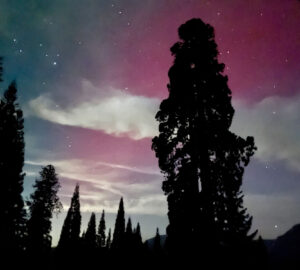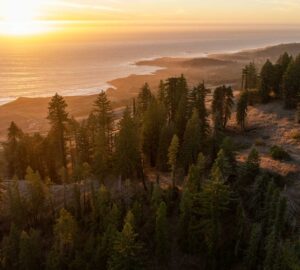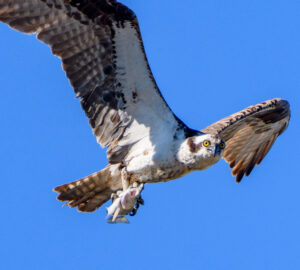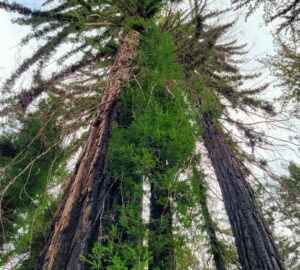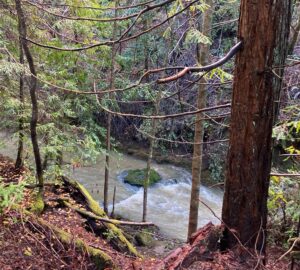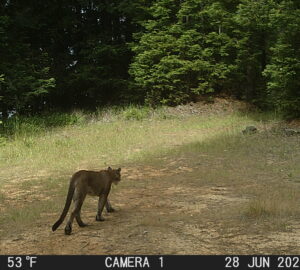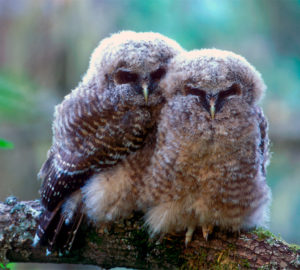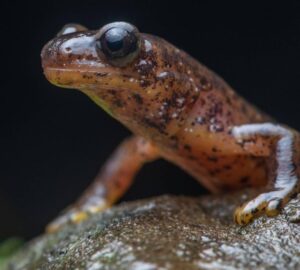Over the past few months here at the League we have been inspired by photos captured of wildlife on the CEMEX Redwoods property in the Santa Cruz Mountains. Motion-activated wildlife cameras called “camera traps” are set up throughout the property, and they’ve captured shots of mountain lions (as many as six cats walking together in a group!), deer, bobcats, foxes, coyotes and wild turkeys.
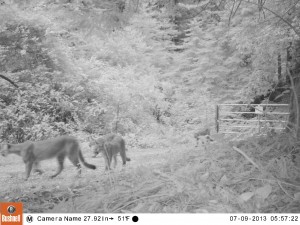
Seeing these photos gives us an elusive glimpse into the everyday lives of these animals. Besides giving us the excitement of seeing wild animals walk the same trails we do, these cameras traps have become an important scientific tool for conservation.
In the 1890s, the first camera traps with trip wires were used to capture photos of rarely-seen animals. But with limited battery power, large equipment size and malfunctioning trip wires, these cameras were seldom used by scientists. Now, our modern camera traps are small and unobtrusive, with infrared triggers to easily and reliably capture images of wildlife.
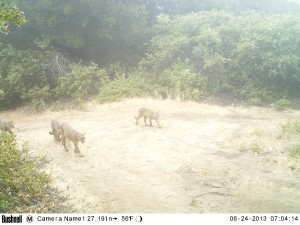
Scientists use camera traps to help determine whether an animal is present in an area, as well as its population size or changes in population, and habitat diversity (the different types of habitat within a given area). Thanks to the documentation provided by the camera traps, today scientists are able to get more accurate baseline data to estimate wildlife population sizes on a tract of land. This can have huge impacts when the land in question could be facing development or other habitat destruction.
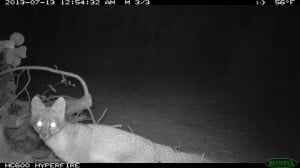
Camera traps are also a great tool to engage the public in conservation issues. It would be hard not to appreciate seeing a photograph of the ultra-elusive snow leopard prowling the high mountains of Asia. When scientists have photos or videos of these animals, they are better able to protect them and promote the conservation of their habitat.
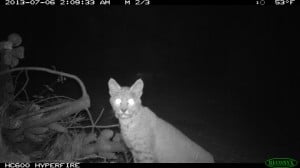
These camera traps give us a window into the lives of animals most of us don’t get to observe in the wild. The photos help us feel more connected to an area and to the animals that live there.
Learn more about the CEMEX property and take a survey to help inform our public access plan.

